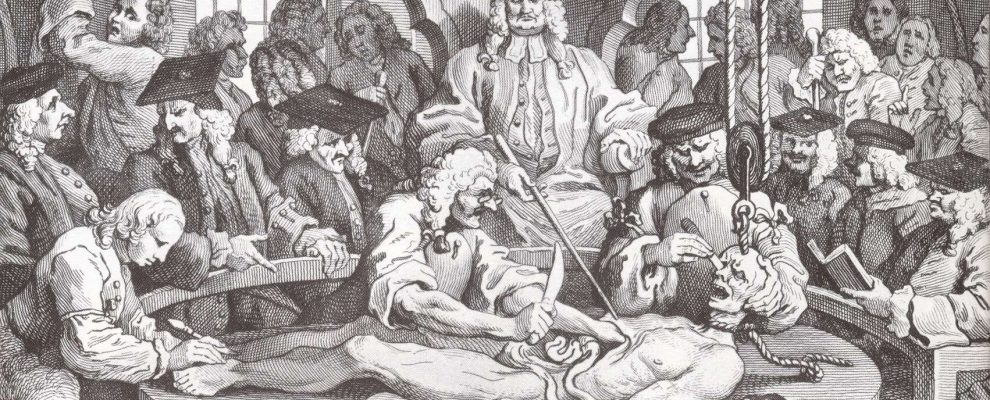Other dates for your diary
April 2024

Two Houses, One Story: York’s Forgotten Women
Runs until 27 Apr 2024
£8 for adults, £7.50 for concessions, children 16 and under go free

Sights, Sounds and Sniffs: A Sensory Easter Trail at Fairfax House
Runs until 14 Apr 2024
£8 for adults, £7.50 for concessions, children 16 and under go free
August 2024
There are currently no events for this month.
October 2024
There are currently no events for this month.
November 2024
There are currently no events for this month.
December 2024
There are currently no events for this month.
January 2025
There are currently no events for this month.
February 2025
There are currently no events for this month.
March 2025
There are currently no events for this month.












